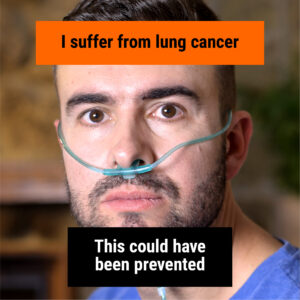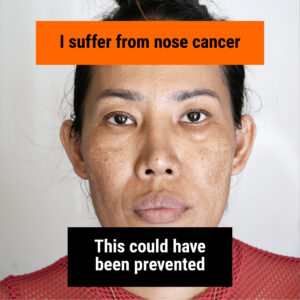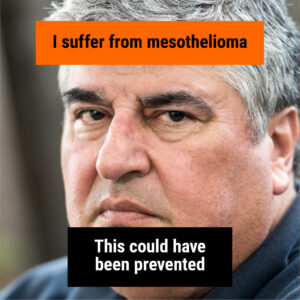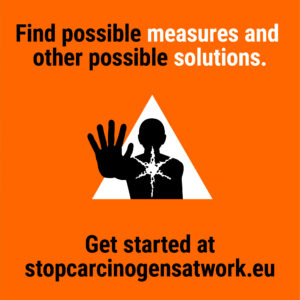In 2022, workplace accidents resulted in the deaths of 3.286 workers, highlighting a significant concern. But did you know that yearly over a 100.000 (ex-) workers die as a result of exposure to cancer-causing agents at work? And what makes this number even more shocking, is the fact that this could have been prevented. On February 4th, World Cancer Day, the Roadmap on Carcinogens urges businesses to take responsibility for creating a safe work environment.
Cancer caused by workplace exposure to carcinogens is a significant yet often overlooked occupational hazard. Workers in industries such as manufacturing, construction, agriculture, and healthcare may face higher risks due to prolonged exposure to these harmful agents.
United by unique
World Cancer Day’s theme is ‘united by unique’: all cancer patients share the diagnosis, but their story is unique. The same applies to workers or ex-workers that suffer from cancer caused by exposure to hazardous substances at work. Their unique stories are united by the fact that this could have been prevented.



Common workplace carcinogens include asbestos, benzene, formaldehyde, and certain heavy metals. Asbestos, for instance, has been widely used in construction and insulation materials, leading to diseases like mesothelioma and lung cancer. Benzene, a chemical found in fuels and solvents, has been linked to leukemia and other blood cancers. Cancer-causing substances can be an ingredient in products, but also be the result of a process (process generated carcinogens) e.g. in welding fumes or diesel engine emissions.
How to prevent exposure
The risk of developing cancer from workplace carcinogens depends on the type and level of exposure, duration, and individual susceptibility. Employers are legally and ethically obligated to minimize these risks through safety measures, following the STOP-strategy. Early detection and prevention are critical. More information about the risks, facts about cancer-causing agents, measures and the STOP-strategy can be found on www.stopcarcinogensatwork.eu.
By understanding the dangers of workplace carcinogens and taking proactive measures, we can reduce the incidence of occupational cancer and create safer work environments for everyone!
